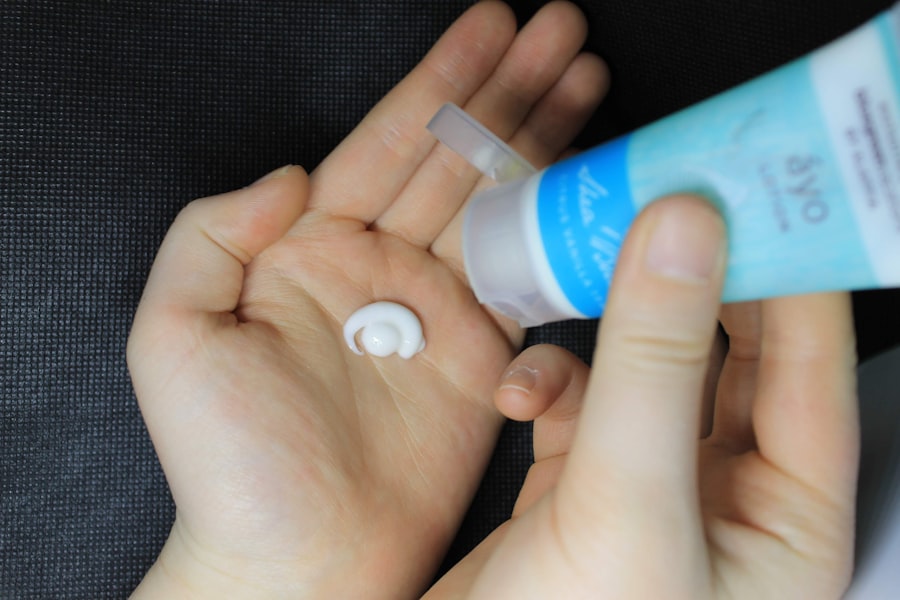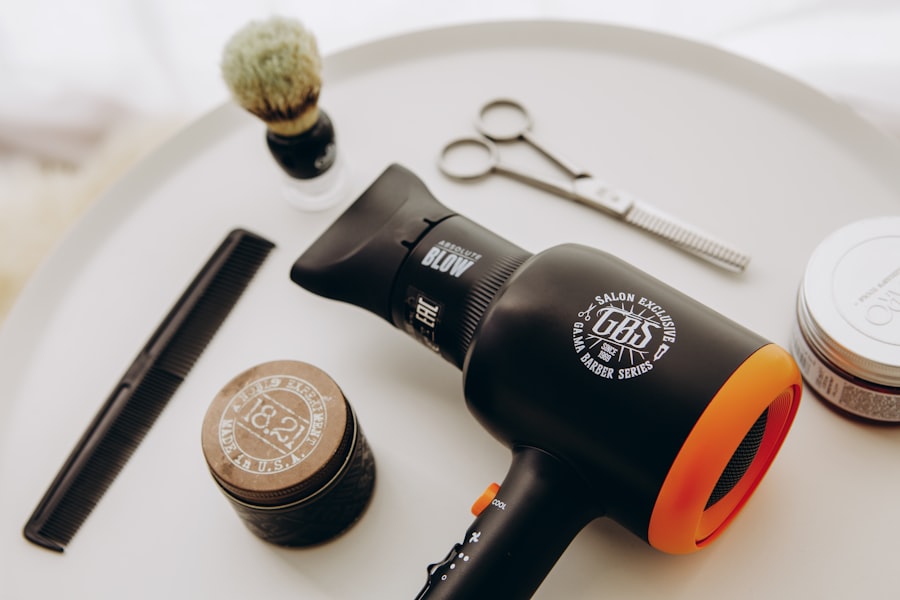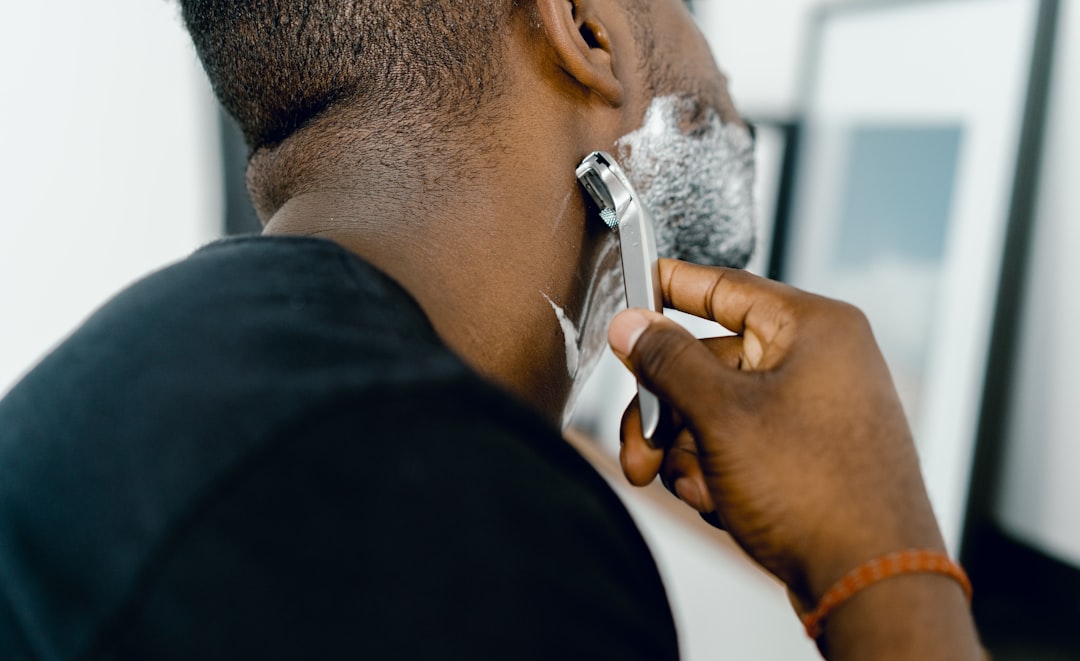When you decide to undergo laser hair removal, one of the most crucial steps in the preparation process is shaving the treatment area. This step is not merely a suggestion; it is essential for the effectiveness of the procedure. Shaving ensures that the laser can target the hair follicles directly without interference from longer hair.
If you arrive at your appointment with unshaven hair, the laser may not penetrate effectively, leading to suboptimal results. The presence of longer hair can also cause discomfort during the treatment, as the laser energy can heat the hair shaft, potentially leading to skin irritation. Moreover, shaving before your session helps to minimize the risk of skin damage.
When hair is left unshaven, the laser energy can be absorbed by the hair above the skin’s surface, which can lead to burns or other adverse reactions. By shaving, you allow the laser to focus on the hair follicles beneath the skin, maximizing its efficacy while reducing the likelihood of side effects. Therefore, taking the time to shave properly before your appointment is not just a matter of aesthetics; it is a vital part of ensuring a safe and effective laser hair removal experience.
Key Takeaways
- Shaving before laser hair removal is important to ensure the laser can effectively target the hair follicles.
- Choosing the right shaving tools, such as a sharp razor and shaving cream, can help prevent irritation and ingrown hairs.
- Preparing your skin for shaving by exfoliating and moisturizing can help achieve a closer and smoother shave.
- Using the correct shaving technique, such as shaving in the direction of hair growth, can minimize irritation and razor burn.
- After shaving, it’s important to follow up with post-shaving skincare, such as applying a soothing moisturizer to calm the skin.
Choosing the Right Shaving Tools
Selecting the appropriate shaving tools is fundamental to achieving a smooth and effective shave before your laser hair removal session. You want to choose a razor that is sharp and designed for sensitive skin. A high-quality razor with multiple blades can provide a closer shave while minimizing irritation.
Disposable razors are convenient, but they may not always offer the best results. Investing in a good safety razor or an electric shaver can make a significant difference in your shaving experience. In addition to the razor itself, consider using shaving cream or gel that is formulated for sensitive skin.
These products create a protective barrier between your skin and the razor, reducing friction and helping to prevent nicks and cuts. Look for products that are free from harsh chemicals and fragrances, as these can irritate your skin further. If you prefer a more natural approach, you might even consider using coconut oil or aloe vera gel as a shaving lubricant.
The right tools and products will not only enhance your shaving experience but also prepare your skin optimally for laser treatment.
Preparing Your Skin for Shaving

Before you begin shaving, it’s essential to prepare your skin properly. Start by exfoliating the area you plan to shave. Exfoliation removes dead skin cells and helps prevent ingrown hairs, which can be particularly problematic when undergoing laser hair removal.
Shaving Technique for Laser Hair Removal
| Technique | Description |
|---|---|
| Proper Shaving | Shave the area to be treated with a clean, sharp razor to ensure the laser can target the hair follicle effectively. |
| Avoiding Irritation | Avoid shaving immediately before the treatment to prevent skin irritation and sensitivity. |
| Direction of Shaving | Shave in the direction of hair growth to minimize the risk of ingrown hairs and irritation. |
| Frequency | Shave the treatment area 24-48 hours before the laser hair removal session for best results. |
When it comes to shaving before laser hair removal, technique matters significantly. Start by holding your razor at a 30-degree angle against your skin. This angle allows for optimal contact with the hair while minimizing the risk of cuts or nicks.
Use gentle strokes in the direction of hair growth rather than against it; this technique reduces irritation and helps prevent ingrown hairs. If you encounter any resistance, avoid pressing harder on the razor; instead, rinse it under warm water to clear any trapped hair. It’s also important to rinse your razor frequently during the shaving process.
This practice helps maintain its effectiveness and prevents clogging, which can lead to uneven shaving results. After you’ve finished shaving, take a moment to inspect the area for any missed spots or uneven patches. If necessary, you can go over these areas again with light strokes, but be cautious not to irritate your skin further.
A careful and methodical approach will ensure that you achieve a clean shave that prepares your skin perfectly for laser treatment.
Post-Shaving Skincare
Once you’ve completed shaving, your post-shaving skincare routine plays a vital role in preparing your skin for laser hair removal. Start by rinsing off any remaining shaving cream or gel with cool water; this helps close your pores and soothes any potential irritation caused by shaving.
After drying your skin, apply a gentle moisturizer or soothing lotion to hydrate and calm the area. Look for products that contain ingredients like aloe vera or chamomile, known for their soothing properties. Avoid using products with alcohol or strong fragrances, as these can irritate freshly shaved skin.
Allow your skin some time to absorb the moisturizer before heading to your laser appointment; this will help ensure that your skin is in optimal condition for treatment.
Common Mistakes to Avoid

As you prepare for laser hair removal, there are several common mistakes you should be aware of to ensure a successful experience. One of the most significant errors is waiting too long before your appointment to shave. Ideally, you should shave 24 hours before your session to allow any potential irritation time to subside.
Another mistake is using dull razors or inappropriate shaving tools. A dull blade can lead to nicks and cuts, which not only cause discomfort but also increase the risk of infection during laser treatment.
Additionally, avoid using harsh exfoliants or scrubs immediately before shaving; these can irritate your skin and lead to complications during your session. By being mindful of these common pitfalls, you can ensure that you are well-prepared for your laser hair removal experience.
Tips for Sensitive Areas
Shaving sensitive areas requires extra care and attention, especially when preparing for laser hair removal. Areas such as the bikini line or underarms are more prone to irritation and require a gentler approach. When shaving these regions, consider using an electric trimmer instead of a traditional razor; this can help reduce the risk of cuts while still providing an effective shave.
If you choose to use a razor on sensitive areas, take extra time to ensure that you are using plenty of shaving cream or gel to create a protective barrier. Use short strokes and avoid going over the same area multiple times, as this can lead to redness and irritation. After shaving sensitive areas, apply a soothing lotion or aloe vera gel to calm any potential irritation and keep the skin hydrated.
Final Prepping Steps Before Your Laser Hair Removal Session
As you approach your laser hair removal appointment, there are a few final steps you should take to ensure everything goes smoothly. First, double-check that you have followed all pre-treatment instructions provided by your technician or clinic. This may include avoiding sun exposure or certain skincare products in the days leading up to your session.
On the day of your appointment, wear loose-fitting clothing that allows easy access to the treatment area without causing friction against freshly shaved skin. Arrive at the clinic with clean skin—avoid applying lotions or deodorants on the day of treatment, as these can interfere with the laser’s effectiveness. Finally, communicate openly with your technician about any concerns or questions you may have; they are there to help guide you through the process and ensure that you have a positive experience.
By following these guidelines and taking care in each step of preparation, you will set yourself up for success in achieving smooth and effective results from your laser hair removal treatment.
If you are considering laser hair removal, it is important to properly prepare your skin beforehand. One helpful article on this topic can be found at InLaserHairRemoval.com. This article provides tips on how to shave before laser hair removal to ensure the best results. By following these guidelines, you can help maximize the effectiveness of your laser hair removal treatment and achieve smoother, hair-free skin.
FAQs
What is laser hair removal?
Laser hair removal is a cosmetic procedure that uses a concentrated beam of light (laser) to remove unwanted hair. The laser targets the pigment in the hair follicles, damaging them and inhibiting future hair growth.
Why is it important to shave before laser hair removal?
Shaving before laser hair removal is important because it helps the laser energy to target the hair follicles more effectively. When the hair is shaved, the laser can directly target the hair follicle without interference from the hair above the skin.
How should I shave before laser hair removal?
Before laser hair removal, it is recommended to shave the area to be treated 24-48 hours before the procedure. Use a clean, sharp razor and shave in the direction of hair growth to avoid irritation. Avoid using any creams, lotions, or oils on the skin before shaving.
Can I wax or pluck before laser hair removal?
It is not recommended to wax or pluck the hair before laser hair removal, as these methods remove the hair from the follicle, making it difficult for the laser to target the pigment in the follicle. Shaving is the preferred method of hair removal before laser treatment.
Are there any specific shaving products to use before laser hair removal?
It is best to use a clean, sharp razor and shaving cream or gel that is suitable for your skin type. Avoid using any products that may irritate the skin, such as scented or alcohol-based shaving products.





